What People in Different Areas Pay in Pursuit of Beauty?
Although the love of beauty is universal, due to the different demands of different regions and different races for "beauty", people's consumption behavior also has a very obvious selective preference: Asian women's consumption of facial skin care is 70% higher than the global average level. African-American women, on the other hand, invest heavily in their hair, spending nine times as much on hair products as the rest of the population to keep their hair straight and smooth. Although the focus is different, the basic principle is the same: the more you care about something, the more you are willing to pay for it, hoping to achieve the most ideal appearance in your heart.
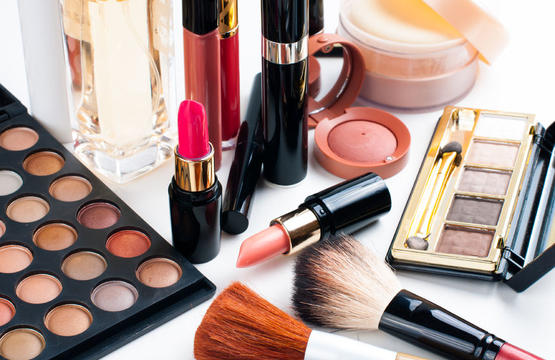
However, in cosmetics and personal care products, a market that lacks effective supervision, this sentence can be almost directly translated as: the more you care about what, the more likely you are to become a victim of information asymmetry in this type of product.
Whitening Products Trap
Not only Asian girls, other dark-skinned races are also whitening lovers, including Indian, Middle Eastern, and even African (light brown African girls are more popular than dark brown or black skin).
Everyone knows that mercury is a toxic heavy metal. However, high concentrations of mercury can prevent the production of melanin. If it is added to skin care products, it can achieve a "quick whitening" effect when used on the skin. Therefore, this low-cost and quick-acting method is often used by illegal traders. Not only in China, the production and circulation of whitening products with excessive mercury content in illegal channels around the world is a cancer that has been repeatedly banned for years.
Both Chinese national standards and the US Food and Drug Administration (FDA) clearly stipulate that the mercury content in skin care products shall not exceed 1 mg/L or 1 mg/kg. And in the whitening products that exceed the standard, how high can mercury be? The answer is 40,000 times more than the standard level . This data is the result of a random inspection of whitening products in 10 cities in China in 2012. Among 112 whitening products that were spot- checked, nearly a quarter of mercury content exceeded the standard .
The United States has also conducted a survey of mercury contamination in the blood of pregnant women in Mexico. The cause is that hospital researchers found that the mercury content in the blood of these pregnant women was abnormal, which exceeded three times the normal level. The last source of pollution identified in this investigation is also a whitening cream with mercury content exceeding 20,000 mg/L, which is 20,000 times the FDA requirement.
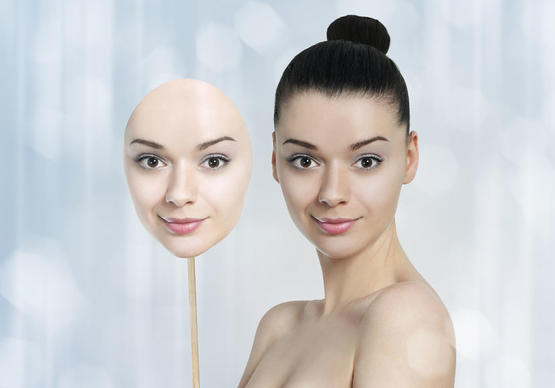
Whitening injection are quite popular in Asia in recent years, that is, intravenous injection of glutathione in large doses. Glutathione is an antioxidant normally synthesized by human liver cells. On the surface of the skin, they can inhibit the activity of tyrosinase, thereby reducing the production of melanin. It is worth noting that the so-called whitening effect of glutathione is only a temporary local whitening effect, and large-dose intravenous injection can cause renal function damage . Even for oral glutathione used as a nutritional supplement, the daily dosage should not exceed 500 mg.
The US FDA has repeatedly issued warnings that the use of whitening needles may cause serious adverse reactions, including severe abdominal pain, epidermal tissue necrosis, and impaired thyroid and liver and kidney function. Since whitening needles have not passed drug approval in the United States, China and other countries, injection operations are usually carried out in private informal medical places such as beauty salons and small clinics. Irregular operations and over-dose intravenous injections will cause more serious consequences (Such as fatal scurvy caused by bacterial infection). Such important information will not be written on the advertisement of the beauty salon.
Currently recognized safer whitening ingredients include vitamin C and its derivatives, arbutin, etc., while the safer usage of glutathione is to use it orally at a prescribed dose; while creams with excessive mercury are generally products of informal manufacturers. If you buy regular big brand products and don't want the effect of "quick whitening", you usually won't step on thunder.
There is nothing wrong with spending time and money in order to be beautiful. However, if your healthy body is consumed, is such "beauty" still worth pursuing? The point is, is fair complexion and straight hair really the only criteria for testing "beauty"?
An intriguing fact is that when people with other skin colors try their best to whiten, white people, as a high-risk group of skin cancer, are trying to tan themselves in order to obtain a bronzed complexion.
In fact, as the times change, the evaluation criteria of "beauty" are constantly "evolving." For example, in the past 27 years, people’s perception of beauty has changed dramatically: Among the most beautiful people of the year selected by the American "People" magazine, the proportion of non-white people has increased from one-fifth in 1990 to almost half in 2017. The communication and integration between different cultures is unknowingly refreshing our understanding of beauty. Age is also not a problem: in these 27 years, the proportion of celebrities over the age of 35 has increased from 34% to 64%.
The definition of beauty continues to widen its boundaries in all directions. Confident, healthy, and diverse beauty is the general trend of the world today. So, you have to know that beauty does not lie in the color of the skin, whether the hair is straight or curly, let alone age. Be a healthy and confident yourself, you are the most beautiful.
OTHER NEWS
-
- Cash: from the Most Popular Payment Method to the Least-used One
- By Shawn 24 Apr,2023
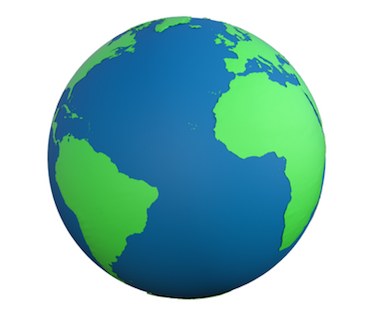
-
- British scientists recommend people to add extra vitamin D to milk and bread
- By Betty 24 Apr,2023
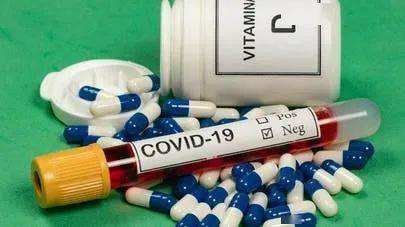
-
- Why is milk in gallons but Coca-Cola is bottled in litres?
- By Sandra 24 Apr,2023
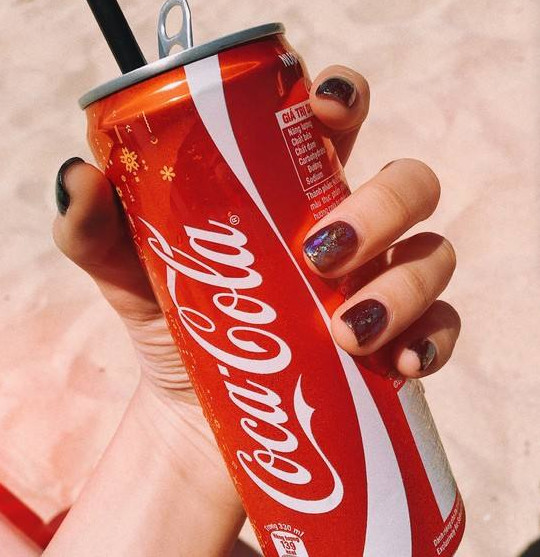
-
- Facebook Hopes the Digital Currency Diem and Digital Wallet Novi Will Launch in 2021, Top Exec Says
- By Lois 24 Apr,2023

-
- Each Person’s Internet History Is Unique
- By Ann 24 Apr,2023

-
- Handwriting makes children smarter
- By Marie 24 Apr,2023

-
- Does Stingless Bee Honey Have Special Health Benefits?
- By Lewis 24 Apr,2023

-
- Google’s Road to E-commerce
- By Johnny 24 Apr,2023

-
- How to use the Force of Nothingness in Space to Manipulate Objects
- By Paula 24 Apr,2023

-
- Google Is Paying A High Price to Apple Every Year
- By Sean 24 Apr,2023
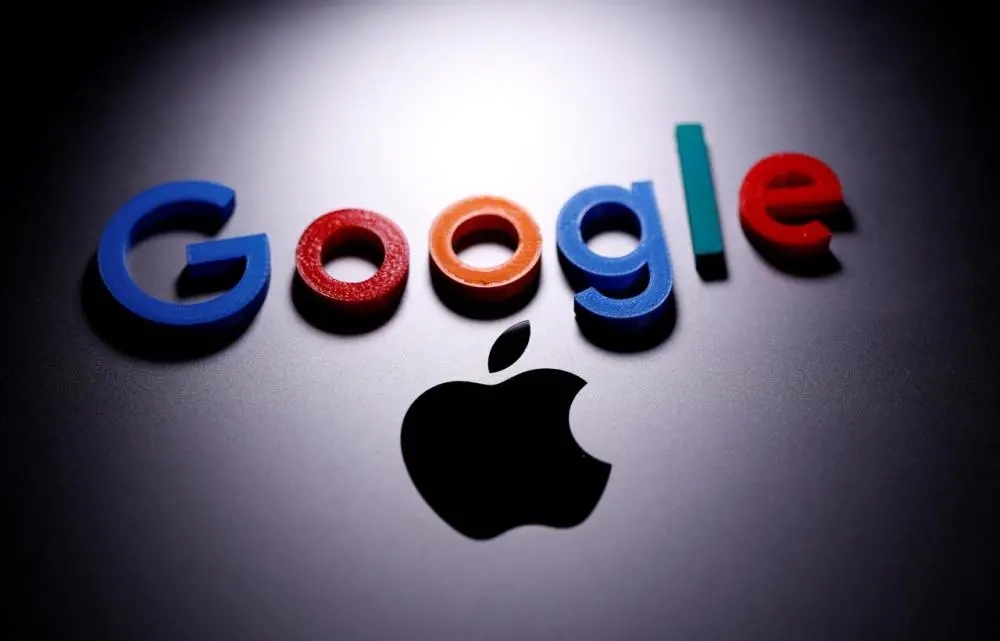
-
- The support behind more advanced mobile phones
- By Evelyn 24 Apr,2023

-
- Windbound Preview
- By Amy 24 Apr,2023

 1
1 1
1